Author: Steve Thanos
Hops are an essential component in beer, providing not only the requisite bitterness to balance the malt sweetness, but also a variety of desirable aromas and flavors. While typically added directly to the boiling wort and, in many cases, the fermenting beer, brewers wishing to produce the clearest wort with minimal volume loss often filter their hop additions, and one popular way of doing this is through the use of muslin bags.
As effective as filtering hop additions is at reducing the amount of trub while increasing total yield, some believe the filtration media, particularly fabric bags, can negatively impact overall hop character in the beer. Indeed, tasters in a past xBmt were able to reliably tell apart a Pale Ale where the kettle hops were filtered with a fabric bag from one where they were added loose to the boiling wort; however, such was not the case in a prior xBmt looking at the impact of filtering dry hops with a fabric bag.
I’ve been filtering my kettle and dry hop additions with muslin bags since I brewed my first batch, it’s something that’s basically second nature for me at this point. I’ve certainly brewed beers where the hops weren’t filtered, but in my own anecdotal experience, it hasn’t seemed to make much of a difference. Curious to see how filtration of both the kettle and dry hop additions impacts a Rye IPA, I designed an xBmt to test it out!
| PURPOSE |
To evaluate the differences between a Rye IPA where the kettle and dry hop additions are filtered with a muslin bag and one where the hops are not filtered.
| METHODS |
For this xBmt, I went with a spin on a tried-and-true Rye IPA recipe I’ve been enjoying for years, the main change being the addition of Nectaron hops.
Opinionated Overtures
Recipe Details
| Batch Size | Boil Time | IBU | SRM | Est. OG | Est. FG | ABV |
|---|---|---|---|---|---|---|
| 5.5 gal | 60 min | 70.3 | 6.2 SRM | 1.062 | 1.012 | 6.56 % |
| Actuals | 1.062 | 1.012 | 6.56 % | |||
Fermentables
| Name | Amount | % |
|---|---|---|
| Pale 2-Row Malt | 8.5 lbs | 73.91 |
| Rye Malt | 2.5 lbs | 21.74 |
| Munich Light | 8 oz | 4.35 |
Hops
| Name | Amount | Time | Use | Form | Alpha % |
|---|---|---|---|---|---|
| Columbus/Tomahawk/Zeus (CTZ) | 10 g | 60 min | Boil | Pellet | 14.1 |
| Galaxy | 10 g | 15 min | Boil | Pellet | 17.3 |
| Nectaron | 10 g | 15 min | Boil | Pellet | 9.8 |
| Galaxy | 14 g | 10 min | Boil | Pellet | 17.3 |
| Nectaron | 14 g | 10 min | Boil | Pellet | 9.8 |
| Galaxy | 28 g | 5 min | Boil | Pellet | 17.3 |
| Nectaron | 28 g | 5 min | Boil | Pellet | 9.8 |
| Galaxy | 28 g | 2 min | Boil | Pellet | 17.3 |
| Nectaron | 28 g | 2 min | Boil | Pellet | 9.8 |
| Galaxy | 28 g | 5 days | Dry Hop | Pellet | 17.3 |
| Nectaron | 28 g | 5 days | Dry Hop | Pellet | 9.8 |
Yeast
| Name | Lab | Attenuation | Temperature |
|---|---|---|---|
| Independence (A15) | Imperial Yeast | 76% | 32°F - 32°F |
Notes
| Water Profile: Ca 125 | Mg 20 | Na 8 | SO4 310 | Cl 56 |
Download
| Download this recipe's BeerXML file |
I started this brew day by collecting 2 sets of filtered water, which I adjusted to the same mineral profiles before lighting the flame under each.
While the waters were heating up, I weighed out and milled the grain.
Once the water for each batch was adequately heated, I incorporated the grains then checked to make sure both were at the same target mash temperature.
While the mashes were resting, I prepared the kettle hop additions.
Once each 60 minute mash was complete, I sparged to collect the same pre-boil volume then boiled the worts for 60 minutes, one batch where the hops were added to a muslin bag while they were added loose to the other batch. When the boils were finished, the worts were chilled with my JaDeD Brewing Hydra IC.
Refractometer readings showed both worts achieved the same target OG
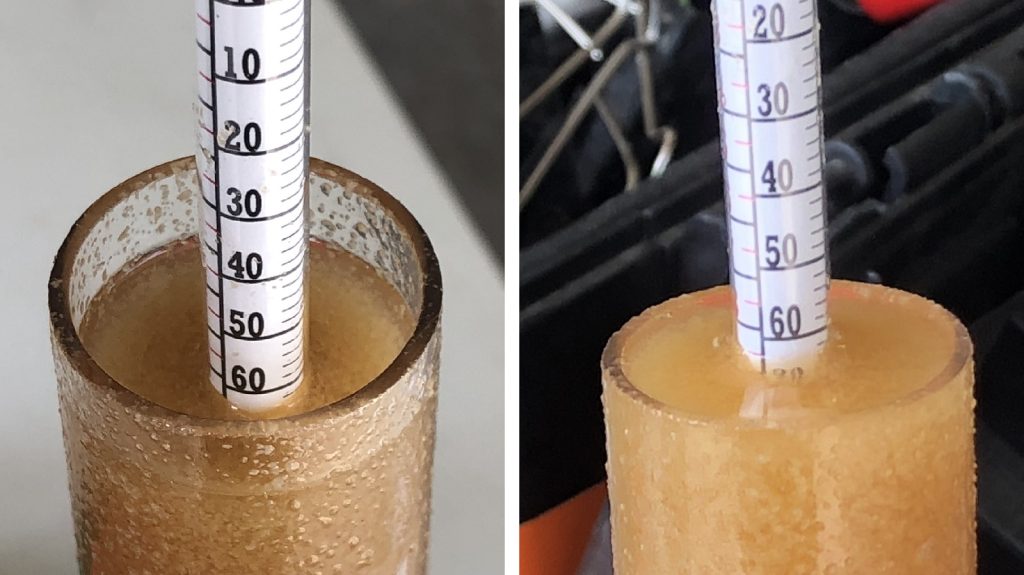
The filled carboys were placed in my chamber and left to finish chilling to my desired fermentation temperature of 66°F/19°C for a few hours before I pitched a pouch of Imperial Yeast A15 Independence into each.
After 3 days of active fermentation, I added identical dry hop amounts to each batch, one set in a muslin bag while the other was added directly to the beer. With signs of fermentation activity absent 5 days later, I took hydrometer measurements showing the beers had reached the same target FG.
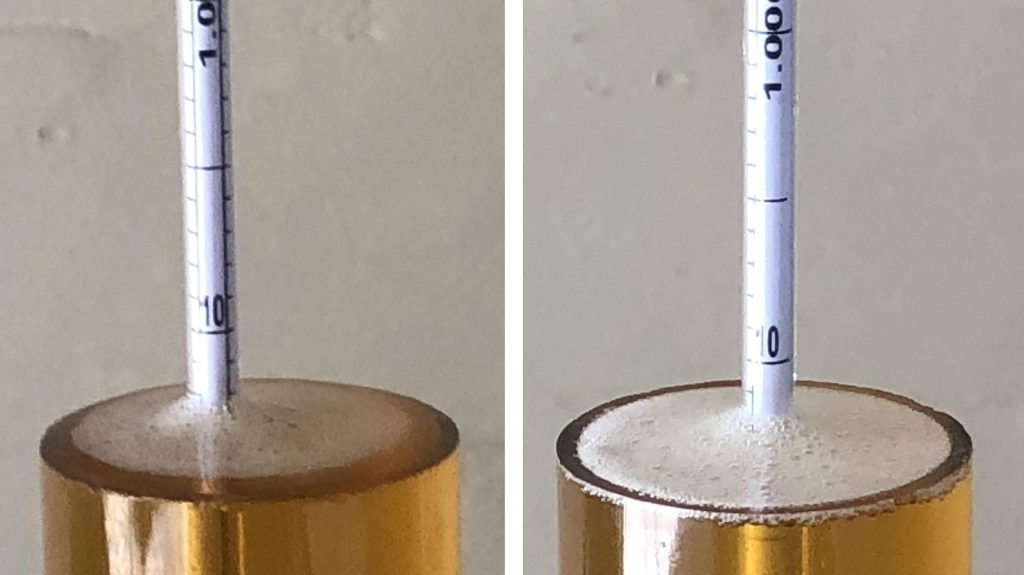
At this point, I transferred the beers into the kegs that were placed in my keezer where they were left to condition for a couple weeks before being served to participants.
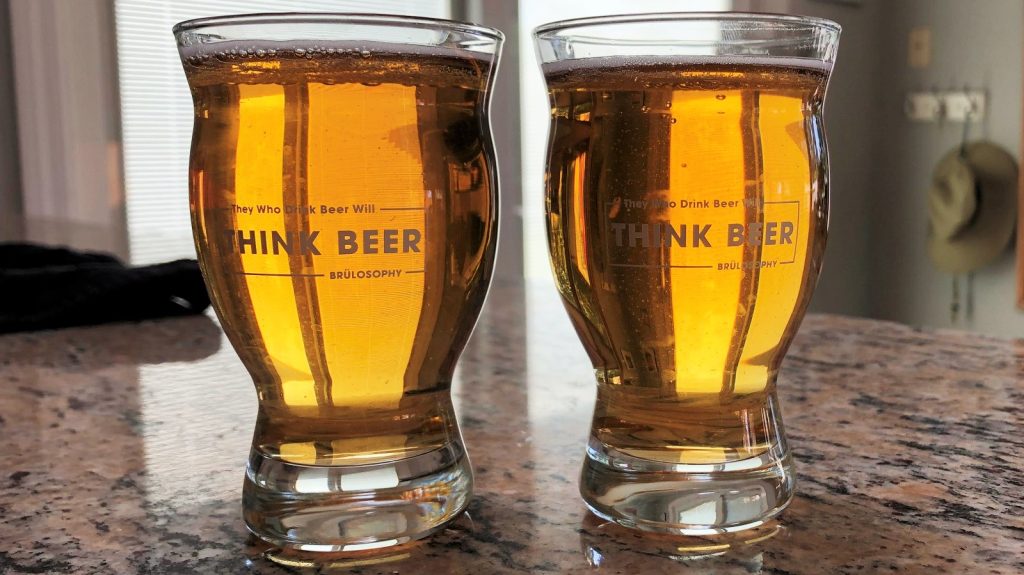
| RESULTS |
A total of 20 people of varying levels of experience participated in this xBmt. Each participant was served 2 samples of the beer where the hops were filtered and 1 sample of the beer where the hops were not filtered in different colored opaque cups then asked to identify the unique sample. While 11 tasters (p<0.05) would have had to accurately identify the unique sample in order to reach statistical significance, 6 did (p=0.70), indicating participants in this xBmt were unable to reliably distinguish a Rye IPA where the kettle and dry hop additions were filtered with a muslin bag from one where the hops were not filtered.
My Impressions: Out of the 5 semi-blind triangle tests I attempted, I correctly identified the odd-beer-out just once. To my palate, these beers were not only perceptibly identical in every way, but they were quite delicious as well.
| DISCUSSION |
Filtering kettle and dry hop additions serves two primary purposes, the first being to assist in the production of the clearest wort possible, but it can also increase overall beer yield. As popular as this method is, particularly among homebrewers, some believe it can reduce hop character, particularly when the filter is a fabric bag. Interestingly, tasters in this xBmt were unable to reliably distinguish a Rye IPA where the kettle and dry hop additions were filtered with a muslin bag from one where the hops were not filtered.
These results are likely unsurprising to most, especially those who rely on muslin bags to filter their kettle and dry hop additions. It’s been posited that the hop oils responsible for imparting the characteristics brewers desire to beer can stick to fabric bags, though these findings would seem indicate that either that’s not happening, or if it is, it isn’t to a degree to have a perceptible impact.
As someone who has filtered hops for most of the batches I’ve brewed, these results align with my anecdotal experience, which is admittedly quite validating. When making highly hopped beers, I like being able to extract additional wort from bagged kettle hops, while bagging the dry hops makes transferring clean beer to kegs easier, so that’s what I plan to continue doing for most of my beers.
If you have any thoughts about this xBmt, please do not hesitate to share in the comments section below!
Support Brülosophy In Style!
All designs are available in various colors and sizes on Amazon!
Follow Brülosophy on:
FACEBOOK | TWITTER | INSTAGRAM
If you enjoy this stuff and feel compelled to support Brulosophy.com, please check out the Support page for details on how you can very easily do so. Thanks!


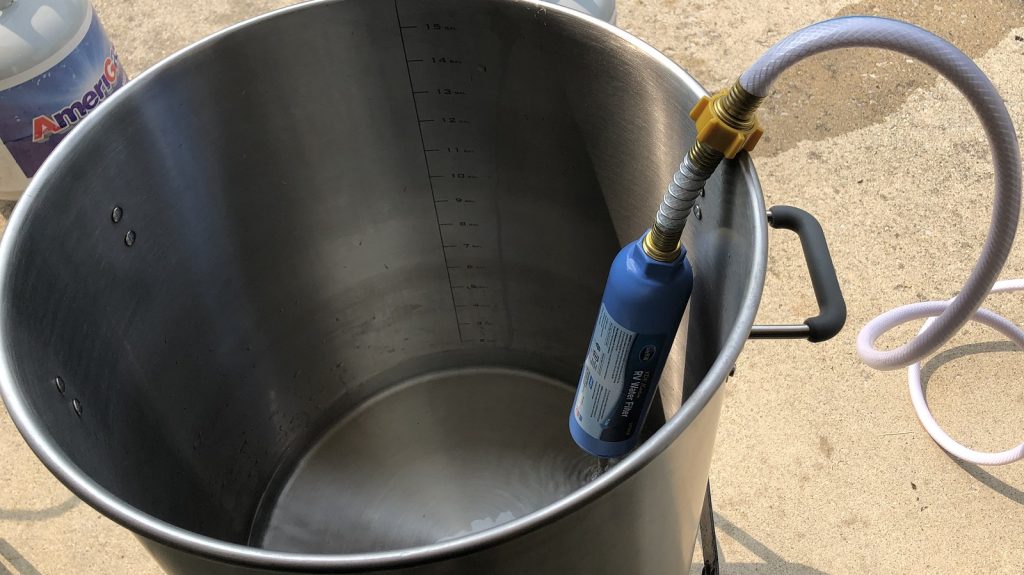
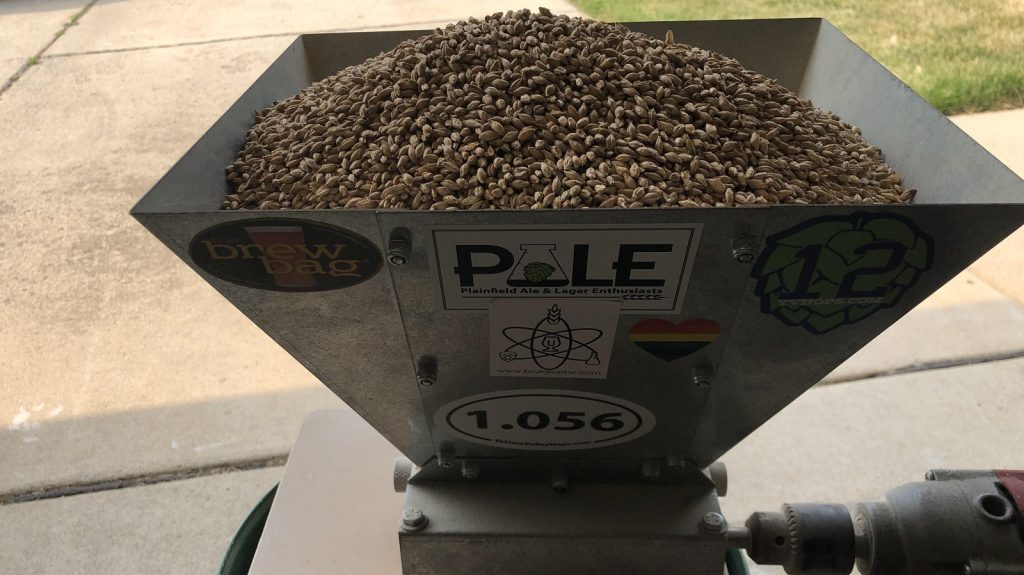
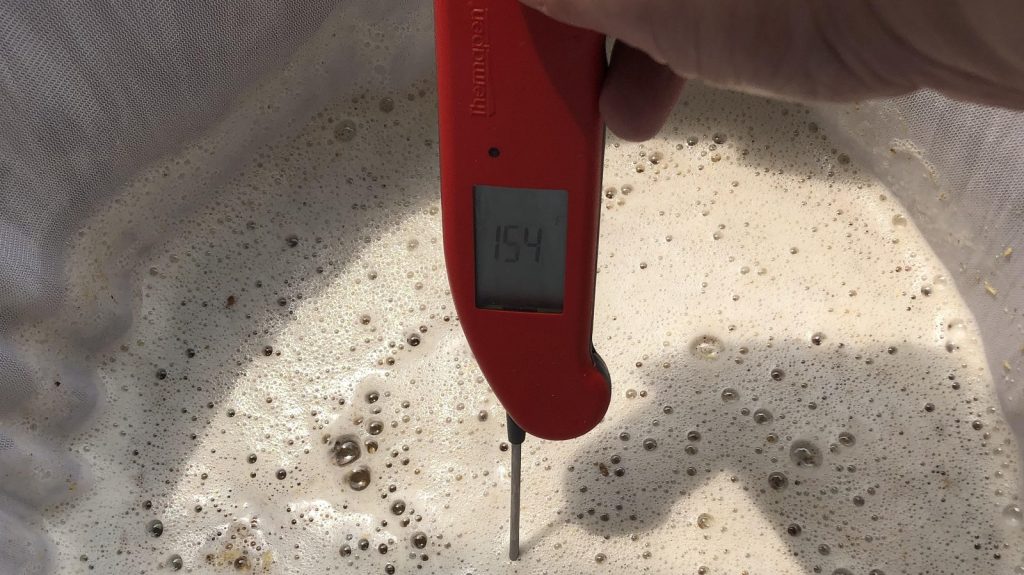
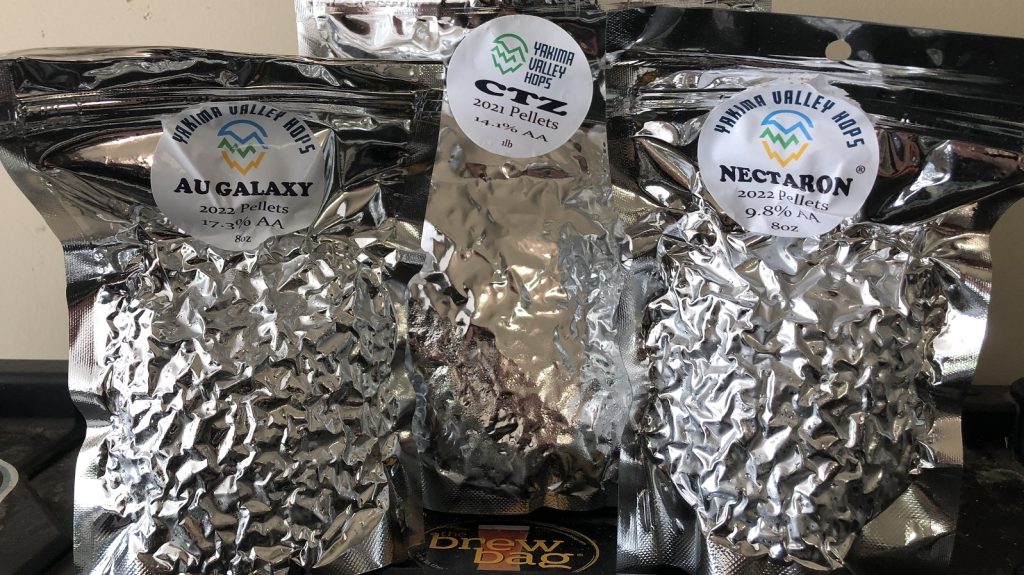
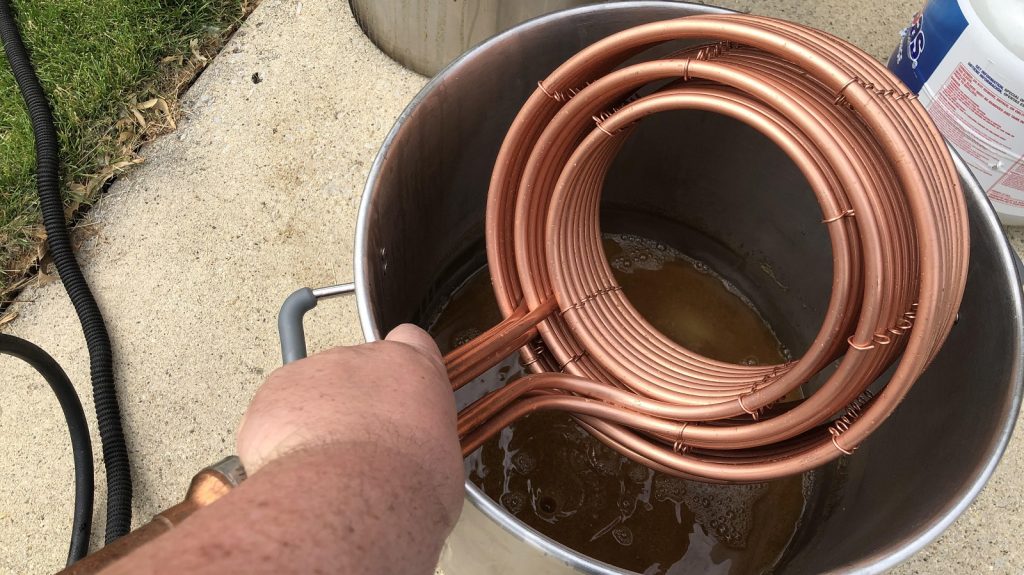












3 thoughts on “exBEERiment | Impact Filtering Kettle And Dry Hop Additions With A Muslin Bag Has On A Rye IPA”
Hi Steve. Can you discuss the other two claims being made: one claim is about “the clearest wort possible” and the other about increased yield? Both beers ended up looking the same in your photo. Was the wort really clearer and even if so, does that matter if both beers end up looking equally clear. As to increased yield, has that been tested and measured? Thanks for a great experiment and for answering questions.
In terms of “the cleanest wort possible,” it’s been my experience when I throw in a sizable amount of hops into say an IPA that particular beer may come out a bit cloudy. I also think there’s a lot to be said about the carefulness of transferring beers into the keg from the fermentation vessel. In the past, I was not as thoughtful. Things are different now, as the photo evidence suggests. As for increased yield, I don’t worry about that so much these days since I brew so often. However, I am far from a normal brewer by how often I brew. In the past, I have seen a heavily hopped beer having a lower yield with the increased hop matter sucking up the wort. The idea to test out yield is an interesting on. In my mind the conversation of yield lost will begin and end in my garage when I am transferring beers from my fermentation vessel into the keg. I’m not sure how to really “test” it. It seems more observable if anything.
Good work.
You Might want to change your technical terms mate. There is a diffrence between “filtering” and “filter infusion”
Filtering is free flow solubles and filtering after.
Your T bagging. It’s completely diffrent.
Appart from that. Great experiment